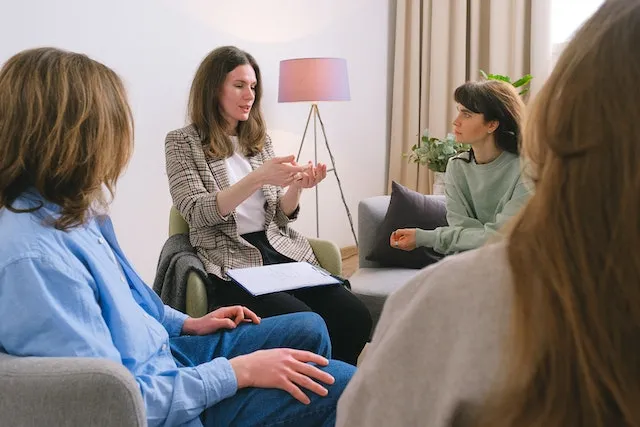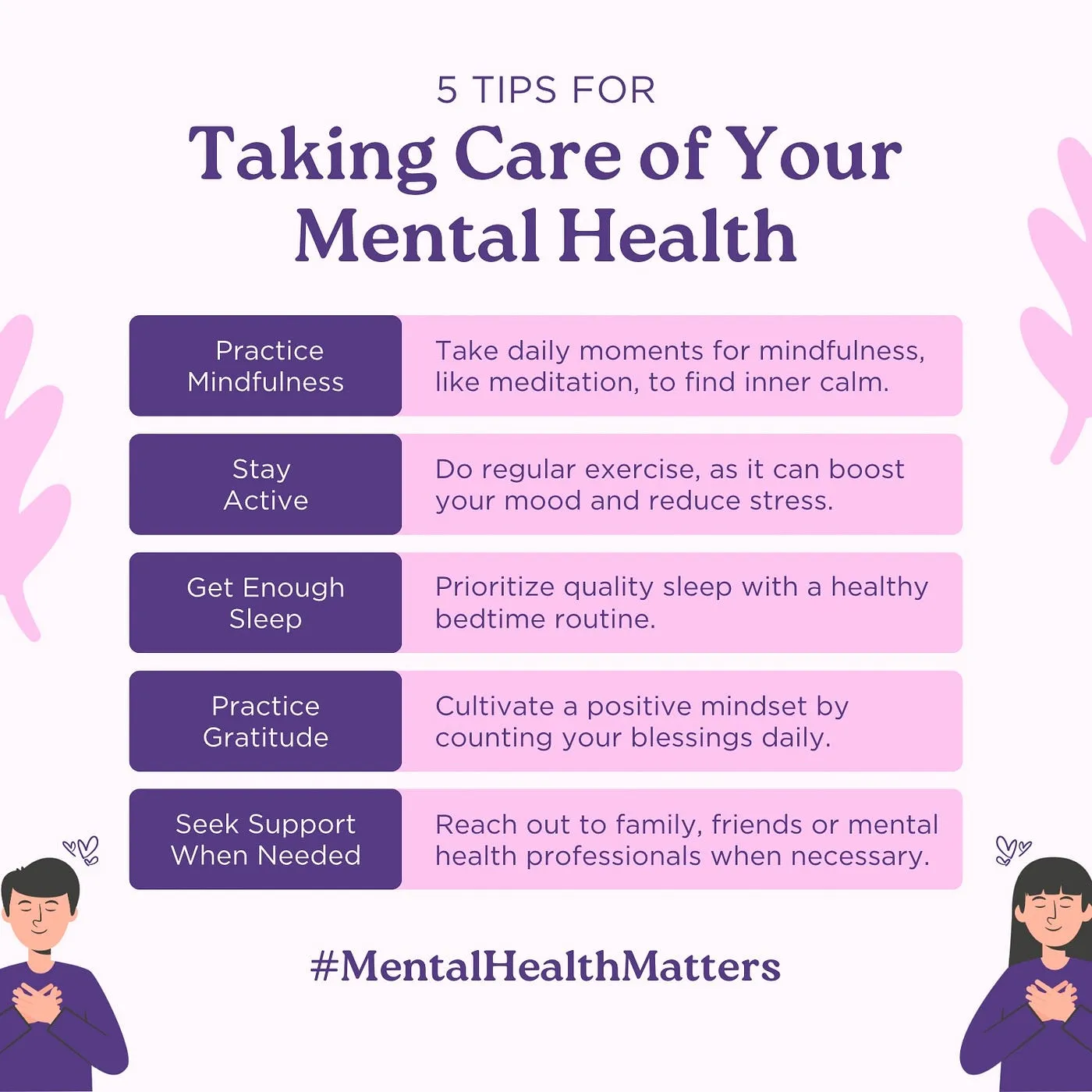Cognitive Behavioral Therapy (CBT) is one of the most widely practiced and evidence-based therapeutic approaches used to treat various mental health conditions, including anxiety, depression, stress, and PTSD. CBT is based on the idea that our thoughts, feelings, and behaviors are interconnected, and by identifying and changing negative thought patterns, we can improve emotional well-being and behavior. In this article, we will explore several CBT exercises that can be practiced by individuals seeking to improve their mental health, build resilience, and manage negative emotions effectively.
1. Cognitive Restructuring: Challenging Negative Thoughts
Cognitive restructuring is one of the core principles of CBT. This exercise involves identifying negative, irrational, or distorted thoughts and challenging them with more balanced and realistic perspectives. By doing so, individuals can reduce the impact of these thoughts on their emotions and behaviors.
How to Do Cognitive Restructuring:
- Step 1: Identify the Negative Thought: Pay attention to recurring negative thoughts, particularly during stressful or emotional situations. For example, you might think, “I’m always going to fail.”
- Step 2: Examine the Evidence: Ask yourself if there’s evidence to support this thought. For instance, have you succeeded in the past? Is the thought based on facts or assumptions?
- Step 3: Challenge the Thought: Replace the negative thought with a more balanced one. Instead of thinking, “I’m always going to fail,” reframe it to “I may have faced challenges before, but I can learn and improve from them.”
- Step 4: Reflect on the Outcome: Consider how the new thought changes your emotional state and behavior. Often, a more balanced perspective can reduce anxiety and increase confidence.
Benefits:
- Reduces negative thinking patterns
- Helps improve emotional regulation
- Increases self-awareness and promotes self-compassion
2. Thought Records: Tracking and Reframing Thoughts
A thought record is a useful tool for tracking negative or distressing thoughts over time. This exercise helps individuals understand how their thoughts affect their feelings and behaviors, and provides an opportunity to practice challenging unhelpful thinking.
How to Use a Thought Record:
- Step 1: Record the Situation: Write down the event or situation that triggered the negative thought. For example, “I had a presentation at work.”
- Step 2: Identify the Emotion: Note the emotion you felt in response to the situation, such as “anxiety,” “fear,” or “shame.”
- Step 3: Write Down the Automatic Thought: Capture the automatic negative thought that arose. For instance, “I’m going to embarrass myself.”
- Step 4: Challenge the Thought: Examine the validity of the automatic thought by asking, “Is there any evidence for this thought? Have I succeeded in the past? What are the alternative perspectives?”
- Step 5: Reframe the Thought: Replace the negative thought with a more balanced or positive one. For example, “I’ve presented before, and while it may feel uncomfortable, I am capable of handling it.”
- Step 6: Evaluate the Emotion: Reflect on how your emotion changes after reframing the thought. Often, reframing leads to a reduction in distress and anxiety.
Benefits:
- Increases self-awareness of thought patterns
- Reduces distressing emotions associated with negative thoughts
- Enhances problem-solving and resilience
3. Behavioral Activation: Engaging in Positive Activities
Behavioral activation is a CBT technique that encourages individuals to engage in activities that promote positive emotions, counteracting feelings of depression and low motivation. This exercise helps break the cycle of inactivity and negative thinking.
How to Practice Behavioral Activation:
- Step 1: Identify Activities You Enjoy: Write down a list of activities that bring you joy or provide a sense of accomplishment. These may include hobbies, exercise, social activities, or creative pursuits.
- Step 2: Set Small, Achievable Goals: Start by choosing one or two activities from the list that are easy to accomplish. If you’re feeling low energy, aim for a short walk or a 10-minute hobby session.
- Step 3: Schedule the Activity: Add the chosen activity to your calendar or planner. Treat it like any other important task.
- Step 4: Engage in the Activity: Commit to doing the activity, even if it’s difficult at first. Often, the act of engaging in enjoyable activities can improve mood and motivation.
- Step 5: Reflect on the Outcome: After completing the activity, take a moment to reflect on how you feel. Did the activity improve your mood? Did it provide a sense of accomplishment?
Benefits:
- Breaks the cycle of inactivity and negative thinking
- Enhances mood and motivation
- Promotes a sense of accomplishment and fulfillment
4. Exposure Therapy: Gradual Exposure to Fears
Exposure therapy is a CBT technique often used to help individuals with anxiety or phobias confront their fears in a gradual and controlled manner. The goal of exposure is to reduce the fear response over time by facing the feared situation in small, manageable steps.
How to Practice Exposure Therapy:
- Step 1: Identify the Fear: Write down a specific fear or anxiety-inducing situation. For example, if you fear public speaking, the feared situation might be “giving a speech in front of an audience.”
- Step 2: Break the Fear into Steps: Break the feared situation into smaller, manageable steps. For example, you might start by practicing speaking in front of a mirror, then progress to speaking in front of a friend, and finally, giving a full speech in front of an audience.
- Step 3: Gradually Expose Yourself: Begin with the least anxiety-provoking step and expose yourself to it. For example, practice speaking in front of a mirror for a few minutes. Gradually increase the exposure as you become more comfortable.
- Step 4: Reflect on the Experience: After each exposure, reflect on the outcome. How did you feel before, during, and after the exposure? Over time, you should notice a reduction in the intensity of your fear.
Benefits:
- Reduces anxiety and fear responses
- Increases resilience and confidence in facing fears
- Helps individuals build coping skills
5. Mindfulness Meditation: Enhancing Present-Moment Awareness
Mindfulness meditation is a powerful CBT exercise that helps individuals cultivate awareness of their thoughts, feelings, and bodily sensations in the present moment. This technique promotes acceptance of thoughts and feelings without judgment, reducing the impact of negative emotions.
How to Practice Mindfulness Meditation:
- Step 1: Find a Quiet Space: Sit in a comfortable position in a quiet space, free from distractions.
- Step 2: Focus on Your Breath: Close your eyes and focus on the sensation of your breath entering and leaving your body. If your mind starts to wander, gently bring your focus back to your breath.
- Step 3: Observe Your Thoughts: As you meditate, allow any thoughts or emotions to come and go without judgment. Instead of reacting to them, observe them as if they are clouds passing in the sky.
- Step 4: Practice Acceptance: If you experience negative thoughts or emotions during the meditation, simply acknowledge them without judgment. Practice accepting them as they are, and return your focus to your breath.
Benefits:
- Reduces stress and anxiety
- Enhances emotional regulation and acceptance
- Improves concentration and mental clarity
6. Problem-Solving: Finding Practical Solutions
Problem-solving is an essential skill in CBT that helps individuals approach challenges and difficulties in a structured, practical way. Instead of becoming overwhelmed by problems, individuals learn to break them down into manageable steps and find effective solutions.
How to Practice Problem-Solving:
- Step 1: Identify the Problem: Clearly define the problem you are facing. For example, “I’m struggling with meeting deadlines at work.”
- Step 2: Brainstorm Possible Solutions: Write down a list of potential solutions. Don’t censor yourself; simply generate as many ideas as possible.
- Step 3: Evaluate the Options: Consider the pros and cons of each potential solution. Which one is the most practical? Which solution addresses the problem effectively?
- Step 4: Take Action: Choose the best solution and take actionable steps toward implementing it. For example, you might break your tasks into smaller steps or prioritize your workload.
- Step 5: Evaluate the Outcome: After taking action, evaluate the effectiveness of your solution. Did it resolve the problem? What can you learn from the experience?
Benefits:
- Helps manage stress by breaking down problems into manageable steps
- Promotes a sense of control and self-efficacy
- Encourages proactive decision-making
7. Self-Compassion: Cultivating Kindness Towards Yourself
Self-compassion is a powerful practice that encourages individuals to treat themselves with kindness and understanding, especially during difficult times. In CBT, self-compassion exercises help reduce self-criticism and promote emotional healing.
How to Practice Self-Compassion:
- Step 1: Acknowledge Your Struggles: Recognize when you are facing challenges or difficult emotions. Instead of judging yourself, offer understanding and kindness.
- Step 2: Treat Yourself as You Would a Friend: Think about how you would support a close friend who is struggling. Offer yourself the same kindness, comfort, and encouragement.
- Step 3: Practice Self-Kindness: Engage in self-care activities, such as taking a relaxing bath, going for a walk, or practicing mindfulness, to nurture your emotional well-being.
Benefits:
- Reduces self-criticism and promotes self-acceptance
- Enhances emotional resilience
- Improves overall mental health and well-being
Conclusion
Cognitive Behavioral Therapy offers a range of practical exercises that can help individuals challenge negative thought patterns, improve emotional regulation, and enhance overall mental health. From cognitive restructuring and thought records to mindfulness meditation and problem-solving, these exercises provide valuable tools for managing anxiety, depression, and stress. By integrating these exercises into daily life, individuals can develop healthier thinking habits, build resilience, and lead more fulfilling lives.




